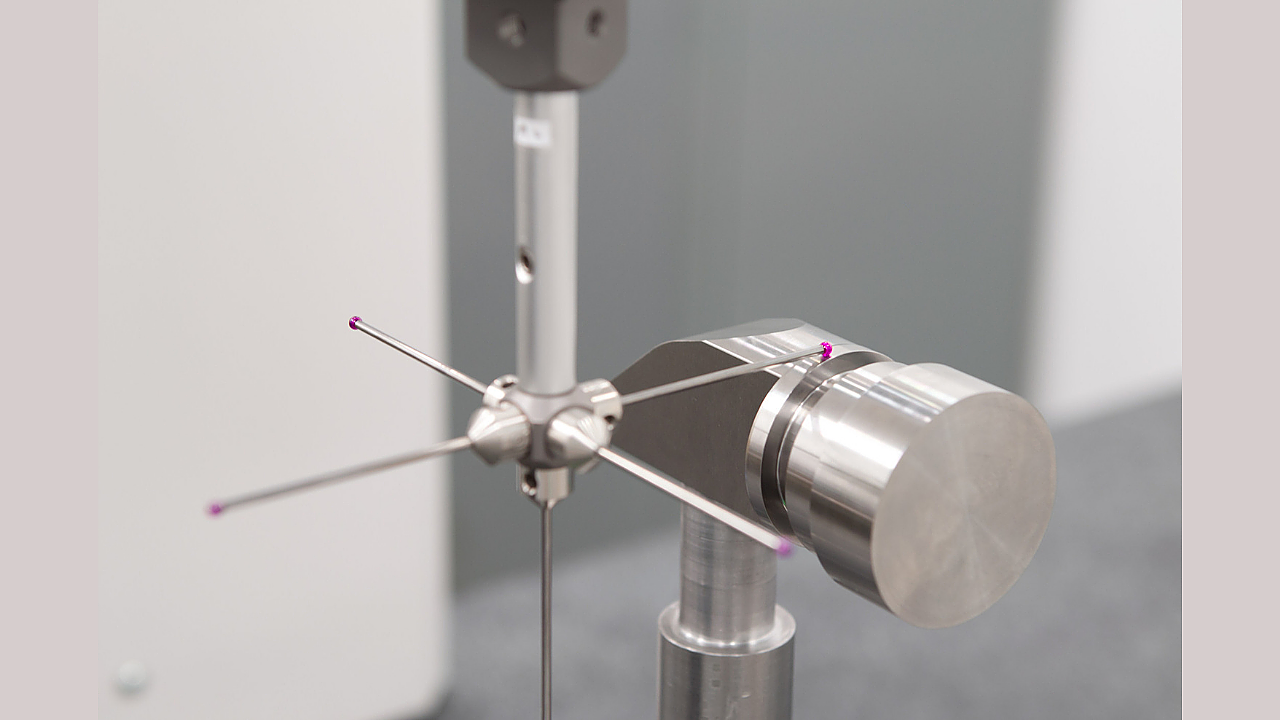
Integration with mobile and robot-mounted systems for rapid measurement expedites global stationary coordinate measuring machine (CMM) market growth, a recent analysis by Frost & Sullivan said.
The global stationary CMM market revenue is estimated to reach approximately $1.68 million by 2025, up from $1.33 million in 2020 at a CAGR of 4.8%.
Automotive, aerospace and machine shops are the key industry verticals expected to accelerate demand for stationary CMMs over the forecast period.
Ram Ravi, Measurement & Instrumentation Research Analyst at Frost & Sullivan, said, 'The increasing need to maximise productivity on the shop floor is driving demand for more automation and robotics. With customers demanding inline measurement solutions to increase throughput, several vendors have introduced shop-floor CMMs. Additionally, CMMs equipped with scanners or multi-sensor systems are gaining prominence with the growing adoption of Industry 4.0 across manufacturing.'
'From a product perspective, bridge and gantry CMMs will dominate the total stationary CMMs space. The popularity of bridge CMM is attributed to its affordability and ability to offer precise measurements. In contrast, sectors which require high precision such as aerospace and automotive will propel the demand for gantry CMM,' he added.
To take advantage of the growing stationary CMM industry, market participants should establish relationships with automotive suppliers as electric vehicles (EVs) and fuel cells continue to augment CMM growth prospects. They should continuously review and align testing procedures/techniques with the latest materials used in additive manufacturing.
In addition, they should materialise the opportunity rendered by major applications within the automotive and aerospace industries that are set to enhance robot features and flexibility to perform complex operations.